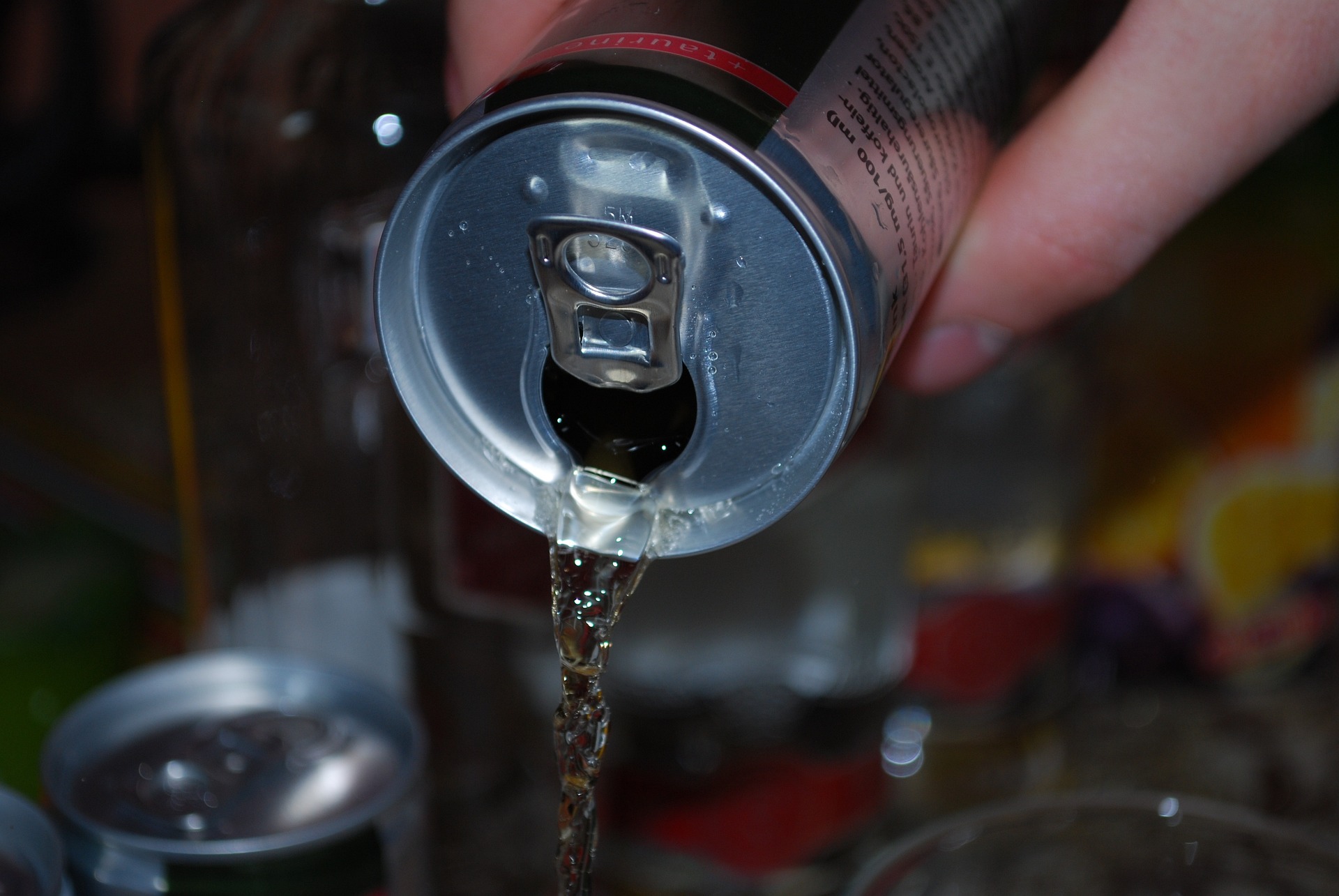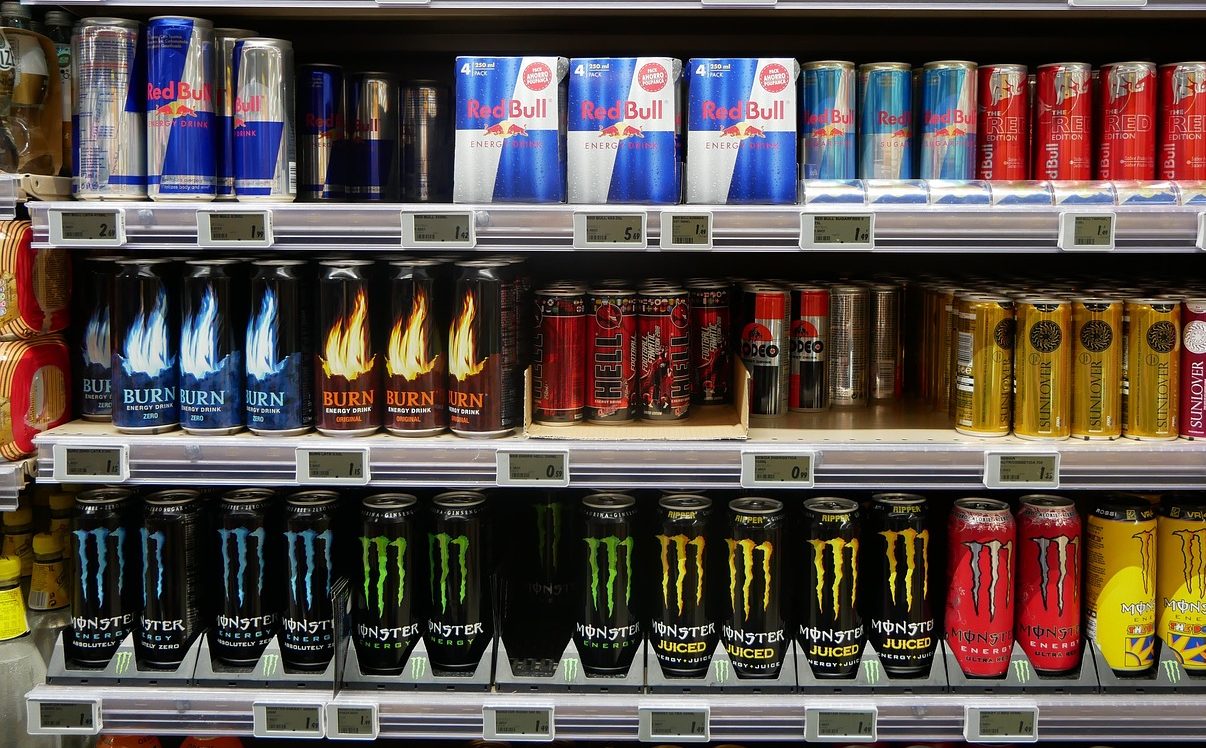
The GVH suspects that several campaigns promoting energy drinks were primarily aimed at the younger age group.Continue reading

The Spanish government is banning ultra-processed foods and energy drinks from primary and secondary schools, limiting the number of meals fried in oil and the use of semi-processed products in public catering, SUR reports. Hungary is implementing similar measures regarding energy drinks.
The Madrid government has approved a new decree on April 15, mandatory in all primary and secondary schools in the country. It aims to ensure that all pupils are guaranteed at least five nutritious, varied and healthy meals every week throughout the school year. The decree focuses on fresh, seasonal products, while bans fried foods, industrial pastries, sugary and energy drinks, and precooked foods in the schools and canteens.
The reason behind the new measure is that Spain is one of the highest-ranking in Europe in terms of overweight children. With the decree, the government wants to tackle childhood obesity.
The decree stipulates that all canteens must guarantee daily fresh fruit and vegetables on the menu and, in addition, at least 45 percent of these products must be seasonal, which will promote local food.
Sugary drinks, energy drinks and industrial pastries will disappear not only from canteens, but also from vending machines and cafeterias. Products that exceed a maximum content of five grams of sugar per packaged portion and those that do not comply with the criteria recommended by organizations such as the World Health Organization (WHO) on the limits for the intake of fats, sugars and salt will not be sold. According to a report, almost 70% of the vending machines in schools do not comply with the nutritional criteria recommended by the WHO. In the cafeterias in these centers, non-compliance is even greater, affecting 74% of the existing ones.
OCU wrote in their report that several brands of energy drinks contain more than 150 mg of caffeine per can. This is the case of Monster Energy, Monster Juiced Monster, Energy drink from Mercadona, Burn Original, and PepsiCo Energy Drink Original. In addition to caffeine, these drinks often contain other stimulating substances such as taurine, L-carnitine, and glucuronolactone.
Another concerning aspect of energy drink consumption is their combination with alcoholic beverages. The mix of caffeine and alcohol is dangerous because caffeine reduces the feeling of sleepiness and fatigue, allowing people to drink more alcohol without noticing the effects of drunkenness.
Hungary has also taken steps to ban energy drinks for teenagers.
A proposal to restrict the consumption of energy drinks for under-18s could be adopted in the spring session of parliament, Lőrinc Nacsa and István Hollik, MPs from the Christian Democratic People’s Party (KDNP) announced in a joint video in February.
When the proposal was drafted last year, it pointed out that the National Center for Public Health and Pharmacy – and its predecessor – received a total of 565 reports of energy drink-related events, sickness, and adverse symptoms in the period under review, from November 1, 2011 to October 13, 2023. The amount of energy drink consumed varied from 1 deciliter to 2.5 liters per person. In 21.5 percent (97 cases), energy drinks were consumed with alcohol.
The data also showed that 74 percent (333) of the 450 people affected by symptoms and sickness were under 18 years old. Symptoms associated with energy drink consumption were also noted: dizziness, fainting, vomiting, nausea, strong palpitations, tremors, numbness of the left hand, high blood pressure, headache, chest pain, restlessness. Adverse effects have included: caffeine overdose, late miscarriage in pregnant women, low birth weight, stillbirth, negative effects on the nervous and cardiovascular systems in children and adolescents, and addiction.
Via SUR, EDATV; Featured photo via Pixabay